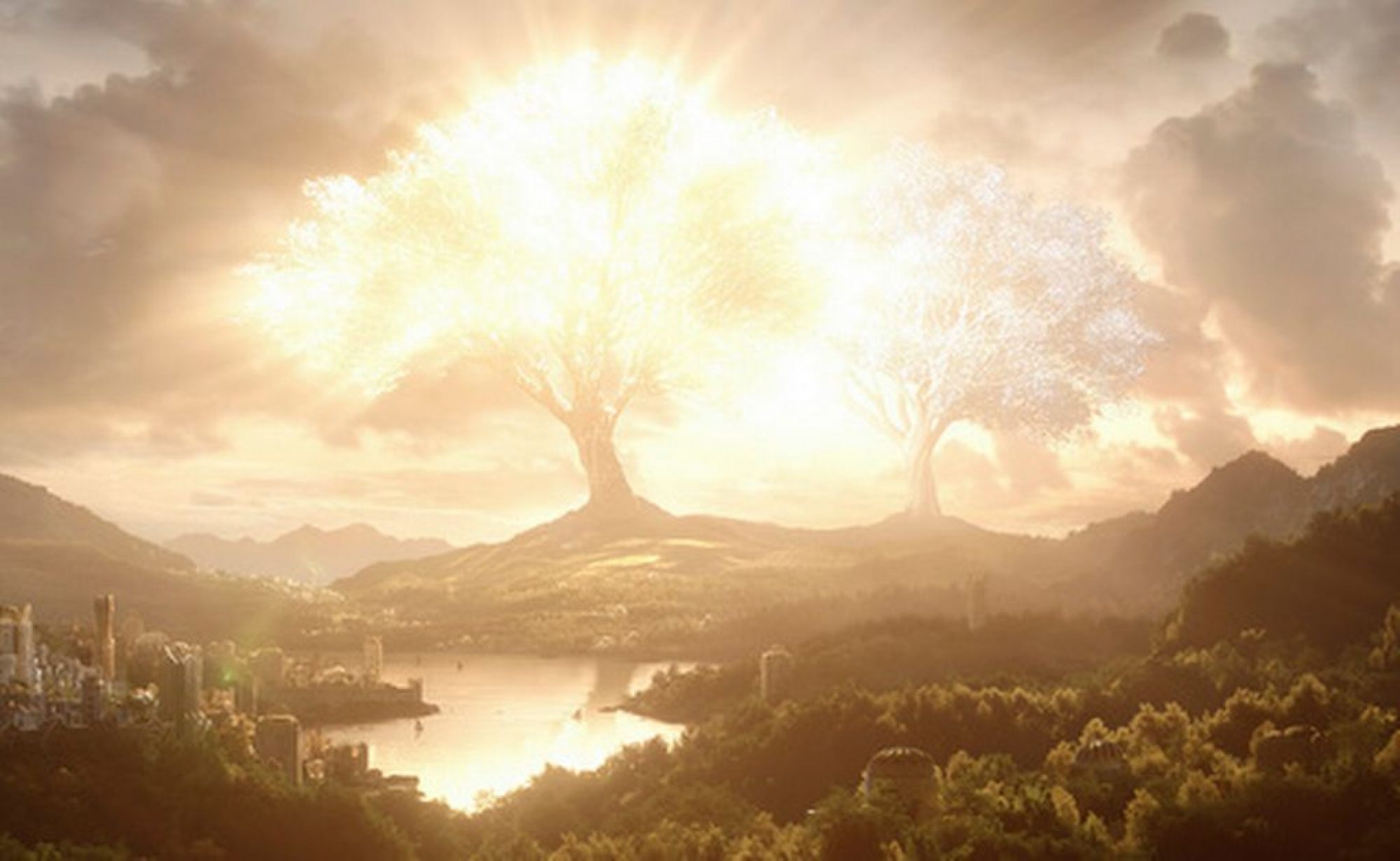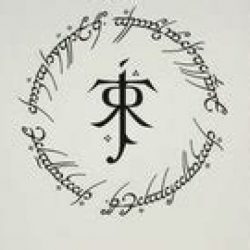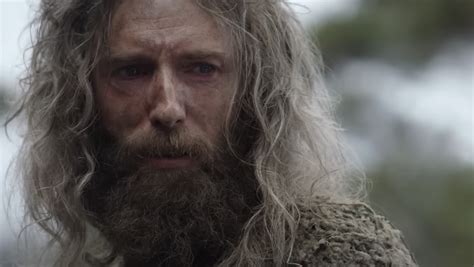Mae Govannen! As the RoP season finale was released a few weeks ago, I thought I would take some time to discuss where I hope/want/think the show will go in future seasons, following both the Second Age timeline, and what the show has given us already.
I believe I can predict the first scene of Season 2: A nod to the scene in the Jackson films when Brego finds Aragorn on the way to Helm’s Deep, but with Berek and Isildur, in the wasteland of Mordor. Though Amazon doesn’t yet have the rights to Unfinished Tales or the Silmarillion, I believe that we will see Halbrand again, in his fair form of Annatar. The name of the city Armenelos was only in the Simarillion, so they clearly can ask for specific rights… I foresee Halbrand returning, Elrond not treating with him as Galadriel commanded, but Celebrimbor succumbing and welcoming him, because he feels that need to create these items of great power. Hopefully we’ll see the forging of the other 16 rings, and at the end, the One Ring and maybe the start of the War of Elves and Sauron.
Season 3 should be interesting, as, if my predictions are correct, we’ll get the bulk of the War of Elves and Sauron, with the Sacking of Eregion and the fall of Celebrimbor somewhere in the middle. I think it will be either at the end of Season 3or the beginning of Season 4 that we get Miriel fulfilling her oath and returning to help the Elves, and defeating Sauron, taking him to Numenor.
Season 4 will be a very Numenor-filled season. Sauron, who is now in the prisons of Numenor, will slowly work his way up the ranks to the Kings chief advisor. Hopefully, we will see the Great Wave and the Fall of Numenor near the end of the season. I hope they go with the Silmarillion plot of Miriel being abused by Pharazon to get the throne, but already, that will be very difficult, as the death of Tar-Palantir has already come in Season One, so that probably won’t happen, and they’ll make something up to fill in that blank.
Finally, in Season 5, we should get the establishment of Gondor and Arnor, and the Battle of the Last Alliance. Elendil, Gil-galad, Isildur, Anarion, and Elrond will finish their character arcs right at the end, with Elendil and Gil-galad finishing their lives. The show should end right where the movie picks up; with the defeat of Sauron and Isildur taking the ring. We may even get to see his death at the Gladden Fields; the Unfinished Tales version, so that maybe people can see that Isildur was not a deserter, but sacrificed himself for his family.
This is only a guess, but I really think the show will/should go this way. If they don’t, it will be very difficult for them to stay close to the canon.


